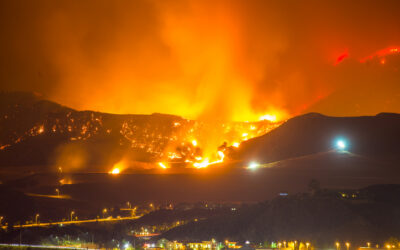THE WORKERS’ Compensation Insurance Rating Bureau of California is recommending that advisory benchmark workers’
compensation rates increase an average of 7.6% starting Sept. 1.
The proposal comes as the economy heats up and workplace injuries increase, all while COVID-19 workers’ compensation claims continue growing in number. The recommendation stilll needs to be approved by Insurance Commissioner Ricardo Lara, who last year rejected a proposed rate hike and instead ordered a cut.
However, because the benchmark rates – also known as the pure premium rate – are advisory only, insurers are free to price as they feel fit so the full effects will vary from employer to employer and some may see rate decreases
What’s happening
The Rating Bureau says there are number of factors that are contributing to the increasing rates, including:
- An overall claims costs increase,
- Expected increases in the frequency of workplace injuries and claims,
- A rise in claims adjusting costs,
- Wage increases (part of workers’ comp includes replacement of a portion of wages via temporary and permanent disability payments), and
- Expected future costs of COVID-19 workers’ compensation claims.
Since the pandemic started, insurers have been barred from considering COVID-19 workers’ comp claims when calculating an employer’s claims history. But that exemption will come to an end on Sept. 1. So, the WCIRB is including a 0.5 percentage point provision for the projected costs of future COVID-19 claims in the coming year.
The effects of wage hikes are also expected to increase claims costs. Payouts for lost wages while sick workers recuperate are expected to rise more than 11% by 2024.
Medical costs per claim are projected to increase about 6.5% from $29,896 as of Dec. 31, 2021, to $31,847 at year-end 2024.
The next step
At that time, actuaries representing employers and labor will make counter-proposals, which are usually lower than the bureau’s.
After that, the insurance commissioner can approve the proposal or reject it and order his own rate increase or decrease.
That’s what happened last year, when the WCIRB proposed a 2.7% hike, and Lara rejected it and instead ordered a decrease of 3.3%.
And remember: A number of factors go into calculating your insurance rate, including your industry, your history of claims and your geographic location.








